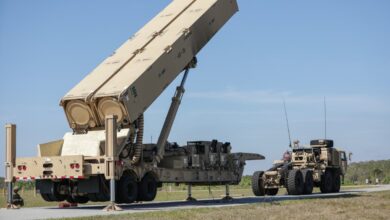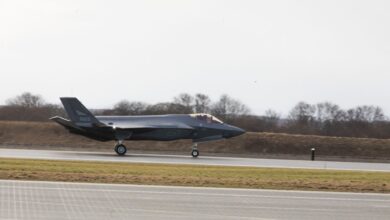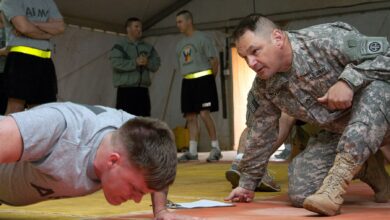Aerojet Clinches Pentagon’s Hypersonic Additive Manufacturing Contract
The US Department of Defense Manufacturing Technology Program has contracted Aerojet Rocketdyne to develop a hypersonic propulsion prototype through additive manufacturing.
Aerojet will develop it under the Growing Additive Manufacturing Maturity for Airbreathing Hypersonics (GAMMA-H) challenge program for $22 million.
The effort is expected to span 36 months.
“Aerojet Rocketdyne will consolidate several essential steps of the end-to-end scramjet manufacturing process under the GAMMA-H contract, which will provide schedule and cost efficiencies associated with a less fragmented supply chain,” Aerojet Rocketdyne President Ross Niebergall said.
“Optimizing processes will increase part yields and reduce the number of processing steps, resulting in higher production velocity and lower cost.”
GAMMA-H Program
The GAMMA-H program is part of Pentagon efforts to diversify current processes to build intricate hypersonic weapons components.
According to the Pentagon, traditional manufacturing methods are unable to produce complex geometric specifications required by advanced hypersonics.
The program intends to build hypersonic components capable of meeting propulsion and temperature requirements of modern hypersonic airbreathing systems.
“We need to be pushing the envelope with materials produced using the additive manufacturing process” Deputy Director of the Office of the Secretary of Defense Manufacturing Technology Program Keith DeVries stated.
“The science has proven it’s possible, but the practice is not widespread enough. GAMMA-H will encourage further adoptions of this groundbreaking technology,” he said.
Additive Manufacturing
The additive manufacturing process leverages computer-aided design software to create a layer-by-layer framework of an object’s design.
The framework is then sent to a 3D-printer to create the object.
This enables the creation of complex parts and products, which is difficult through traditional manufacturing processes such as the subtractive method wherein a block of material is cut until the product is ready.












